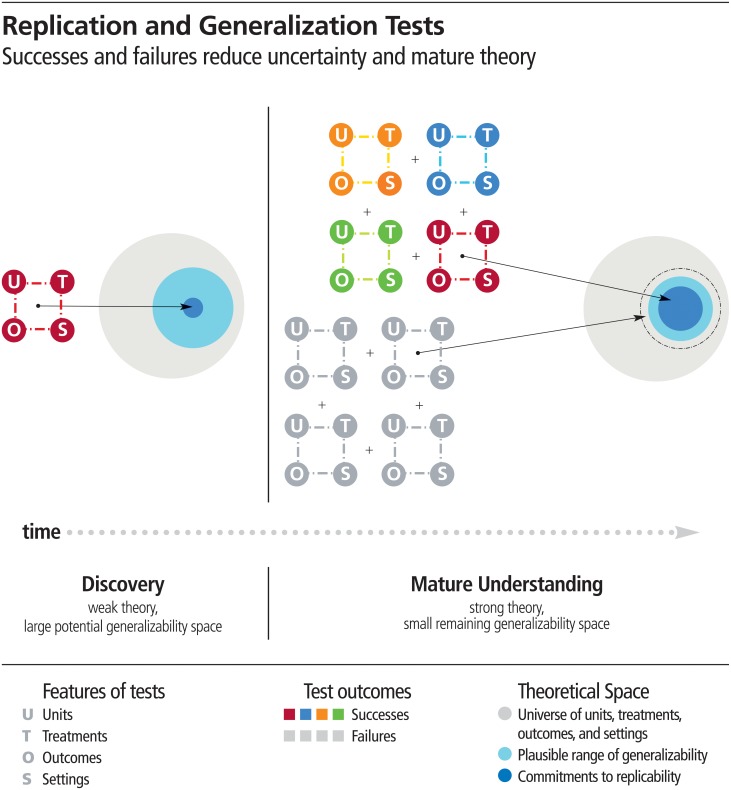Fig 1. There is a universe of distinct units, treatments, outcomes, and settings and only a subset of those qualify as replications—a study for which any outcome would be considered diagnostic evidence about a prior claim.
For underspecified theories, there is a larger space for which the claim may or may not be supported—the theory does not provide clear expectations. These are generalizability tests. Testing replicability is a subset of testing generalizability. As theory specification improves (moving from left panel to right panel), usually interactively with repeated testing, the generalizability and replicability space converge. Failures-to-replicate or generalize shrink the space (dotted circle shows original plausible space). Successful replications and generalizations expand the replicability space—i.e., broadening and strengthening commitments to replicability across units, treatments, outcomes, and settings.

